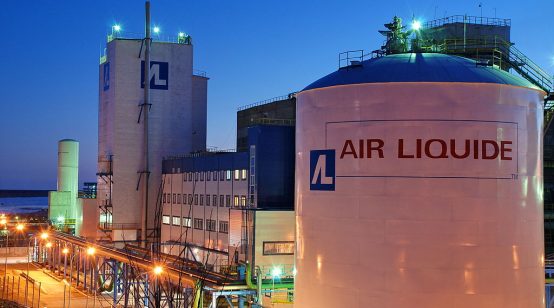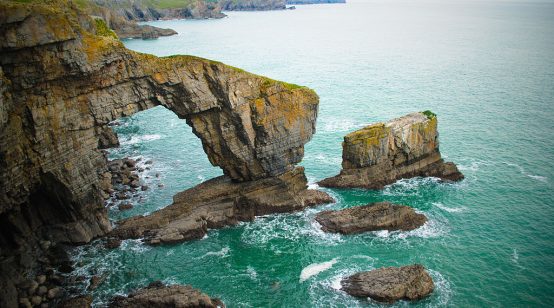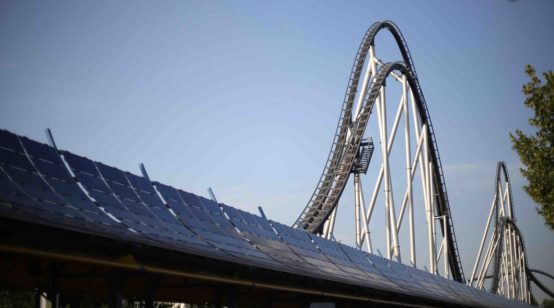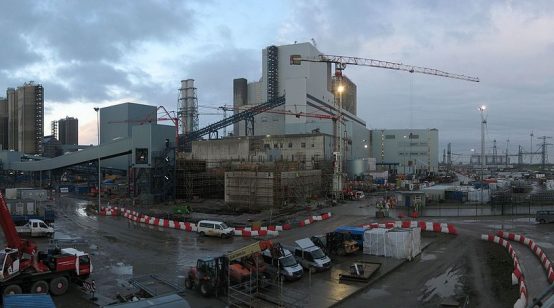A Norwegian all-electric, extra-light catamaran called the Future of the Fjords has been launched, linking fjords which are listed as Norway’s Unesco heritage sites.
Its carbon fibre hull has space for 400 passengers and its twin 1,800 kilowatt (kW) batteries, insufficient on their own to power most domestic kettles, deliver enough power for the electric motor with about 450 kW. It can reach almost 30 kph with a range of 55km.
To increase the capacity, Norwegian manufacturer Brødrene Aa developed its PowerDock booster.
The firm said: “This 40 metre long, 5 metre wide floating glass fibre dock will sit in the water at Gudvangen, housing a 2.4 MWh battery pack. This charges steadily throughout the day via connection to the local grid network, which does not have the capacity to charge the Future of the Fjords directly. The innovative solution allows the vessel to stably, efficiently and cost-effectively ‘refill’ in just 20 minutes.”
The floating dock also stores provisions, fuel for other boats and allows sewage or black water to be offloaded for treatment on land to avoid polluting the fjords.
The Future of the Fjords is projected to run all year, completing two trips a day, initially between Flåm and Gudvangen.
Norway’s parliament has passed a resolution banning emissions in the world heritage fjords “as soon as technically possible and no later than 2026”.
Washington State
Washington State Ferries wants to create giant hybrid boats by replacing diesel engines by 2021, using Norwegian technology.
The Pacific US state is hoping to convert two of the four engines on each of the giant Mark II class ferries, the Puyallup, Tacoma and Wenatchee.
the Norwegian ambassador, Kåre Aas, rode the Tacoma with Washington State transport bosses to compare notes about the technology.
“Back in Norway, it goes very well. I would say we have good progress,” Aas told the media.
He predicted 30 per cent of Norway’s ferries would be all-electric in seven years.
State transport secretary Roger Millar said electrifying the ferry fleet was a priority.
“Our greenhouse-gas footprint is larger than we’d like it to be. The ferries are a big part of it. Electrifying the ferry fleet would go a long way. It would also save the taxpayers a lot of money because they’re cheaper to run,” Millar was quoted saying.
Washington State Ferries is due to budget for the conversions next month but an initial estimate put the cost at around US$30 million to US$35 million per ship, plus up to US$10 million for onshore charging preparation at each dock.
A diesel propulsion upgrade costs up to US$10 million with Washington State estimating that half-electric ferries would save US$60 million over 40 years in fuel costs.
Gudvangen. Picture credit: Wikimedia





